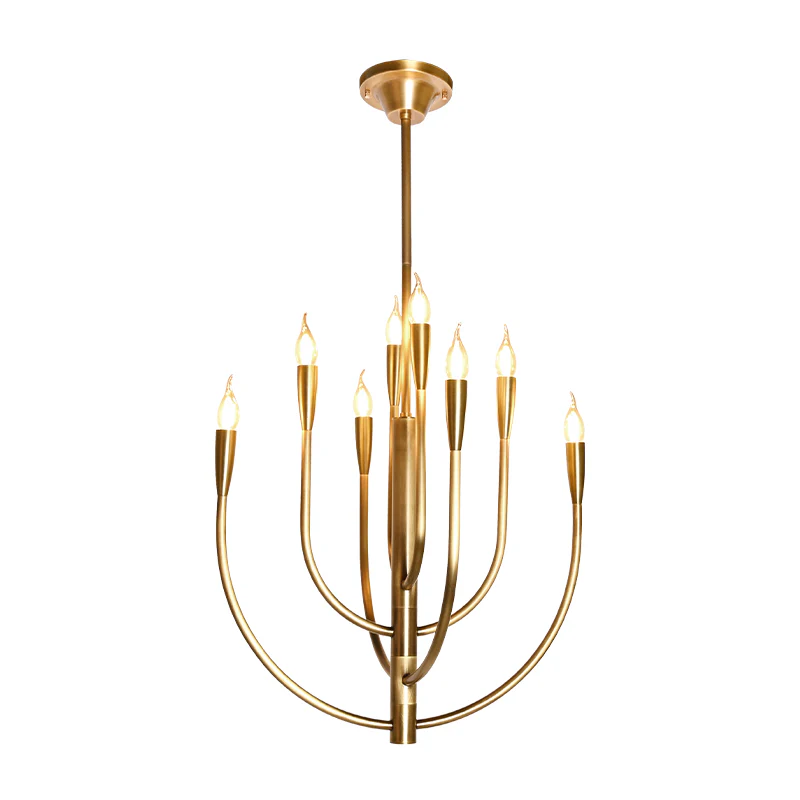The Art of Architectural Design in Reading Spaces: Creating Inspiring Environments
The Art of Architectural Design in Reading Spaces: Creating Inspiring Environments
In the fast-paced world we live in, the significance of reading spaces cannot be overstated. Architectural design in reading spaces plays a vital role in fostering an atmosphere conducive to reading, learning, and creativity. This article delves deep into the principles, trends, and benefits of architectural design specifically tailored for reading spaces, ensuring they are inviting and effective.
Understanding the Importance of Architectural Design in Reading Spaces
The design of a reading space is more than just Aesthetics; it fundamentally influences the user's experience. Effective architectural design can enhance focus, stimulate creativity, and encourage collaboration among users. As libraries, schools, and other institutions evolve, their reading spaces must adapt to meet diverse needs.
Elements of Effective Reading Space Design
When crafting an architectural design for reading spaces, several key elements should be considered:
- Natural Light: Incorporating large windows and skylights can significantly enhance the atmosphere of a reading space. Natural light not only reduces the need for artificial lighting but can also uplift the mood of individuals.
- Adequate Space: Sufficient space is crucial to accommodate various reading styles. Designers should aim to create areas for quiet reading, group discussions, and even interactive learning.
- Comfortable Furniture: Ergonomic and aesthetically pleasing furniture encourages longer reading sessions. Comfortable chairs and well-designed tables are essential.
- Acoustic Design: Acoustic panels and strategically placed materials can help manage sound, ensuring a tranquil reading environment.
- Sustainable Materials: Using eco-friendly materials not only contributes to sustainability but also creates a healthier environment for users.

Current Trends in Architectural Design for Reading Spaces
As society progresses, so do the trends in architectural design for reading spaces. Here are some of the most prominent trends shaping these environments today:
| Trend | Description |
| Flexible Spaces | Designing areas that can be easily reconfigured to support different activities, from solitary reading to collaborative projects. |
| Technology Integration | Embedding technology through features such as charging stations, interactive displays, and online resource access points. |
| Community Focus | Designing spaces that encourage community interaction, with areas for workshops, book clubs, and public events. |
| Indoor-Outdoor Flow | Creating connections to outdoor spaces with patios, balconies, or gardens that invite readers into nature. |
Case Studies: Successful Architectural Designs in Reading Spaces
Examining successful examples of architectural design in reading spaces provides valuable insights. Here are notable case studies:
1. Seattle Public Library, Seattle, WA
The Seattle Public Library is an innovative example where modern architectural design meets functional reading spaces. Its transparent glass facade and expansive use of natural light create a vibrant atmosphere. The building has designated areas for both quiet study and collaborative work, showcasing flexible design principles.
2. The British Library, London, UK
With a rich history and extensive collections, the British Library blends modern architecture with heritage. The reading rooms are crafted to provide a comfortable and inspiring environment, complete with historic elements that encourage exploration and learning.
Benefits of Thoughtful Architectural Design in Reading Spaces
Investing in thoughtful architectural design for reading spaces yields numerous benefits:
- Enhanced Learning: Well-designed reading spaces facilitate better learning experiences, allowing users to effectively absorb information.
- Increased Use: A welcoming environment encourages more frequent visits, making reading spaces a hub of activity and learning.
- Community Involvement: Engaging designs invite community participation, fostering a culture of reading and learning.
- Promotion of Well-Being: A thoughtfully designed environment contributes to the mental well-being of users by reducing stress and promoting focus.
Challenges in Architectural Design for Reading Spaces
While there are many benefits, architects and designers face challenges in creating effective reading spaces:
- Budget Constraints: Limited funding may restrict the use of high-quality materials or advanced technology.
- Changing Needs: The evolving nature of educational practices and reading habits requires designers to remain adaptable.
- Sustainability Goals: Balancing aesthetic desires with environmental impact can be challenging but is essential for future-oriented designs.
Conclusion: Crafting the Future of Reading Spaces
Architectural design plays a pivotal role in developing reading spaces that foster creativity, learning, and community. The examples and principles discussed highlight the need for thoughtful design that prioritizes user experience. As architects continue to innovate, we can anticipate reading spaces becoming even more integral to our educational and social environments.
In conclusion, when designing for reading spaces, it's crucial to keep the users in mind. Consider their needs, preferences, and the changing landscape of reading habits. By investing in quality design, we can ensure that these spaces remain not only functional but also inspiring for generations to come.
Suggestions: When planning for a reading space, engaging with users—from students to community members—can provide invaluable insights into what they desire from their reading experience. Regular assessments and updates may also be necessary to keep up with evolving trends and technologies.
